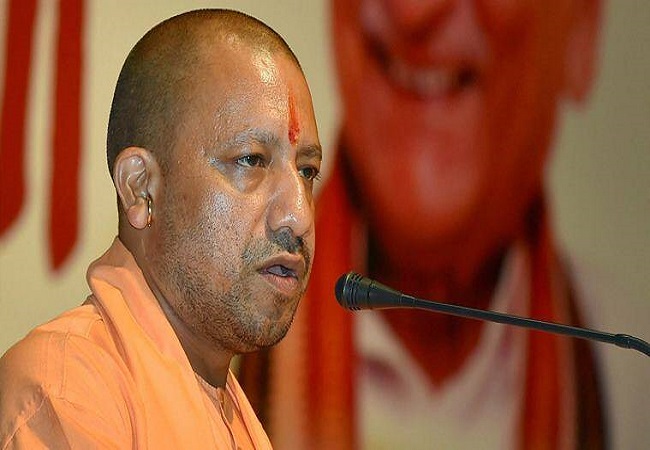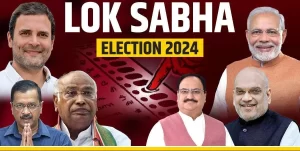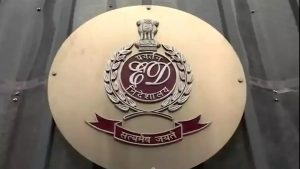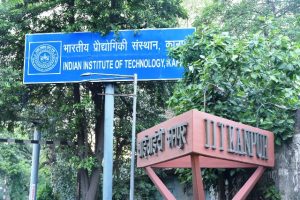Lucknow, 13 Feb: Uttar Pradesh, inspired by Prime Minister Narendra Modi, has simplified its public distribution system by digitising it to supply subsidised foodgrains to 15 crore people, saving the state Rs 1,200 crore annually, said Chief Minister Yogi Adityanath on Monday.
In his opening remarks to the G20 Digital Economy Working Group (DEWG), Adityanath stated, “Today, the consequence is that we are delivering foodgrains to 15 crore people through the public distribution system, and we are also saving Rs 1,200 crore yearly by leveraging technology.” The Ministry of Electronics and Information Technology (MeitY) is holding the inaugural Digital Economy Working Group (DEWG) conference in Lucknow from February 13-15 as part of India’s G20 leadership.
The DEWG, formerly known as the DETF, was established in 2017 as part of Germany’s G20 presidency to promote the implementation of a safe, integrated, and inclusive digital economy.
The DEWG plays a vital role in defining global policy debate in the digital realm, with the global digital economy projected to be valued $11 trillion and predicted to reach $23 trillion by 2025.
In addition to G20 members, India has invited guest countries (Bangladesh, Egypt, Mauritius, the Netherlands, Nigeria, Oman, Singapore, Spain, and the United Arab Emirates) and international organisations such as the International Telecommunication union (ITU), the OECD, the World Bank, UNESCO, and UNDP to attend the DEWG meetings.
Referring to the UP Global Investor Summit-2023, Adityanath stated that the state of Uttar Pradesh has received investment offers totaling more than Rs 33.50 lakh crore through UPGIS-2023. “Uttar Pradesh is quickly developing as a new economy in front of the world through its digital platform,” he remarked.
He stated that over 2.07 crore farmers received PM Kisan Samman Nidhi under the DBT (Direct Benefit Transfer). Through the DBT, destitute women and the elderly might also get an old-age pension. Adityanath further stated that the digital economy will allow the entire globe to flourish as a “one family” in the spirit of ‘Vasudhaiva Kutumbakam. On this occasion, union Minister of Electronics and Information Technology Ashwini Vaishnaw said that 2023 will be a pivotal year in many ways.
Under PM Modi’s leadership, India has established a one-of-a-kind framework in the field of digital technology. This will improve people’s abilities. He saw that digital technology has become an integral element of our lives. “Under these conditions, India has begun to adopt public-private partnerships under Prime Minister Modi’s leadership,” Vaishnaw said. What exactly is the PPP model? Consider the UPI as an example. The Indian government invites public participation in the creation of a platform.
According to him, these include a wide spectrum of companies such as banking, insurance, and e-commerce. In addition, it comprised 1.2 billion individuals. There was no one company’s monopoly in this. It has evolved into an all-encompassing digital solution. It now transacts over $1.5 trillion per year and has an excellent average settlement time of about two seconds.
“Countless entirely transparent transactions occur in a matter of seconds. There is no dominating firm,” he stated. “When COVID concerned us, we could only vaccine such a big population because of technology,” he noted. The government launched a platform called ‘CoWIN,’ where billions of people registered and more than two billion vaccines were conveniently administered in hospitals and clinics.
“What was intriguing was that every piece of vaccination data was available on this site. India has made progress in this regard as well, and we shall share this future,” he remarked.
Rajeev Chandrasekhar, union Minister of State for Electronics and Information Technology, stated that the prime minister began the Digital India initiative in 2015, which concentrated on three primary areas.
“To begin with, technology should improve people’s quality of life; second, it should create possibilities; and third, it should be available to all and not monopolised by anybody. This was the Prime Minister’s vision,? he stated.
“Everyone can now see the consequence. Previous governments were ineffectual due to a lack of technology. According to one prime minister, if we provide ?100 from Delhi, barely ?15 reaches the beneficiary. We’ve been able to solve that challenge because to advances in technology,? said Chandrasekhar.
In addition, he stated, “The internet has erased the barriers. It is accessible to all members of society. We are presently witnessing the consequences of technology. However, this is only the beginning. This decade will be marked by significant technological decisions.”
Mahendra Nath Pandey, union Minister for Heavy Industries, stated that technology is now employed in every area, including banking, financial services, retail, manufacturing, healthcare, and education.
With the expansion of information technology into all areas of the economy, new technologies that are crucial for business and government are emerging. He believes this will be observed in domains such as robots, big data analytics, artificial intelligence, and quantum computing, among others.
“Their utilisation has enhanced the industrial process,” Pandey remarked. ?Products have been improved. This has resulted in the fourth digital revolution, which is critical for the future digital economy and a better human-machine interaction. Investment in Industry 4.0 has nearly tenfold grown over the previous decade, and is predicted to reach $200 billion by 2025. The G20 countries will contribute significantly to this initiative,? he added.





